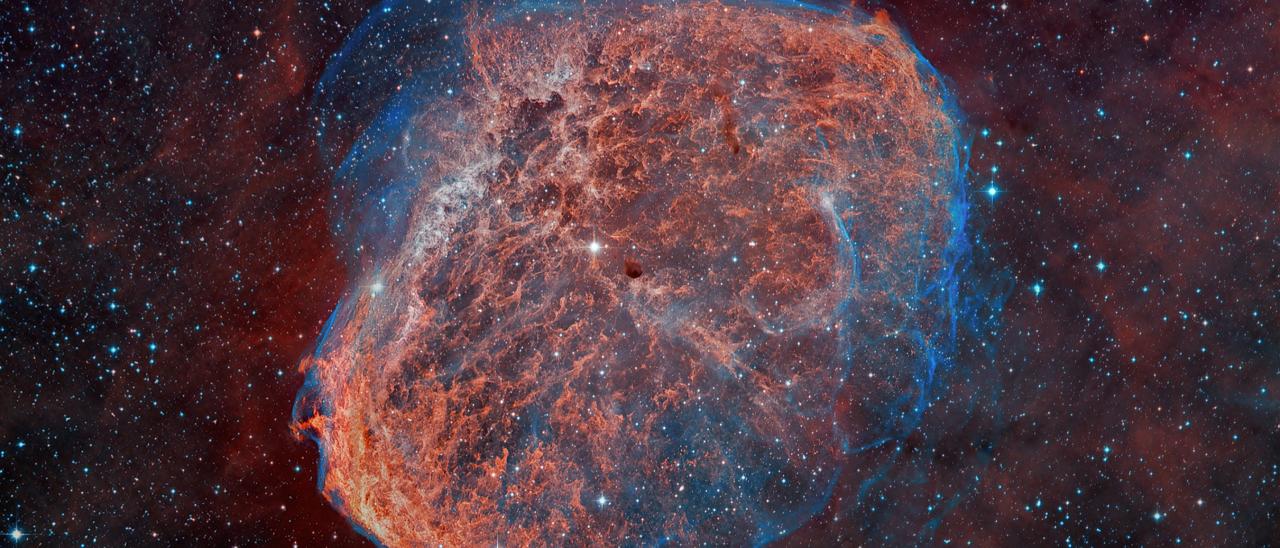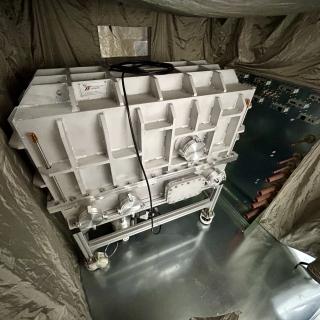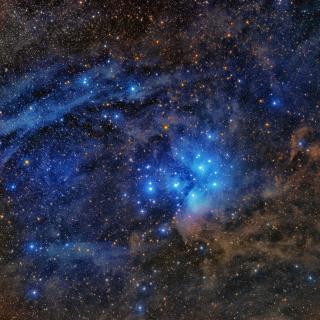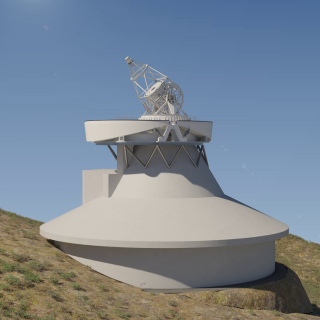H II regions are ionized nebulae associated with the formation of massive stars. They exhibit a wealth of emission lines in their spectra that form the basis for estimation of chemical composition. The amount of heavy chemical elements is essential to the understanding of important phenomena such as nucleosynthesis, star formation and chemical evolution of galaxies. For over 80 years, however, a discrepancy exists of a factor of around two between heavy-element abundances (the so-called metallicity) derived from the two main kinds of emission lines that can be measured in nebular spectra: the collisionally excited lines and the weaker recombination lines. This discrepancy has thrown our absolute abundance determinations into doubt. We report observational evidence that there are temperature inhomogeneities within the gas. These inhomogeneities affect only highly ionized gas and cause the abundance discrepancy problem. Metallicity determinations based on collisionally excited lines must be revised because these may be severely underestimated, especially in regions of lower metallicity such as those recently observed with the James Webb Space Telescope in high-redshift galaxies. We present new empirical relations for estimation of temperature and metallicity, critical for a robust interpretation of the chemical composition of the Universe over cosmic time.
Image of the Crescent Nebula (NGC 6888), a ring nebula associated with a galactic Wolf-Rayet star, in which significant temperature variations have been observed in the gas it contains. Credit: Daniel López / IAC
Advertised on
Authors
J. E. Méndez-Delgado
César
Esteban López
Jorge
García Rojas
K. Kreckel
M. Peimbert
References




